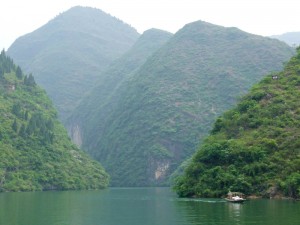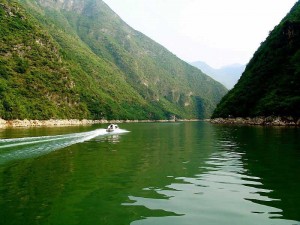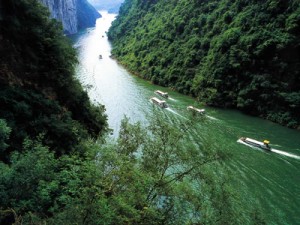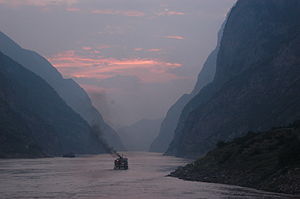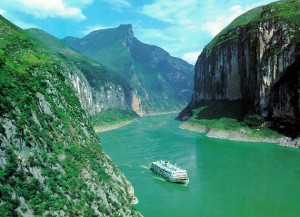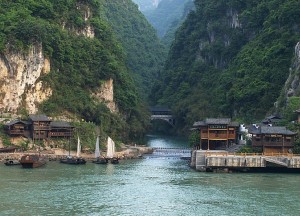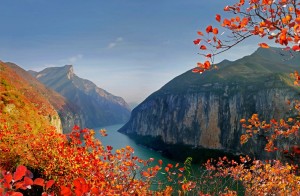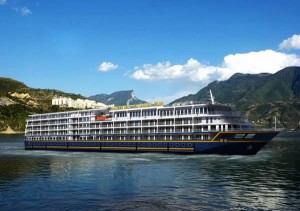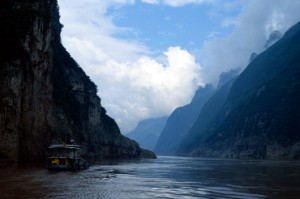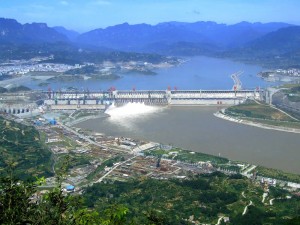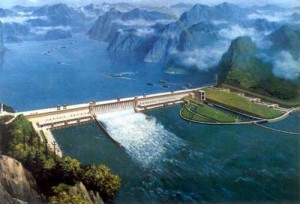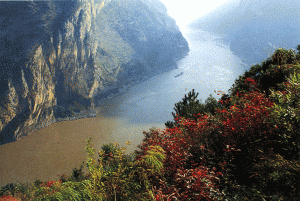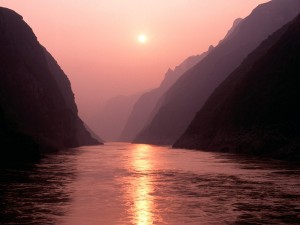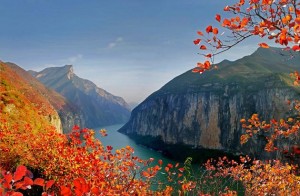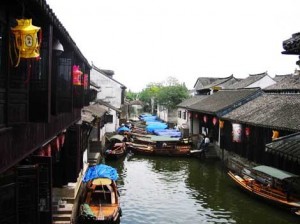
Folk Houses in the South of the Lower Reaches of the Yangtze River
Being a must-see attraction in China, the Yangtze River is divided into three reaches: the lower reaches including Hubei Province, Anhui Province, Jiangsu Province and Jiangnan areas; the middle reaches including Yibin City, Chongqing Municipality and other part of Hubei Province; the upper reaches however, including the Tanggula Mountains, The Sichuan Tibet Border, The Gorges of Yunnan and From Yunnan to the Middle Reaches in Sichuan.
The Upper Reaches of the Yangtze
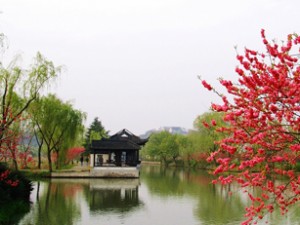
yangzhou on the The Lower Reaches of the Yangtze
The Upper Reaches of the Yangtze is a land of remote mountains, gorges and minority peoples, which stretches over half the Yangtze’s 6,300 km (3,900 mile) length, from its source to the first major city. Famous attraction here is Tiger Leaping Gorge, near the ancient town of Lijiang in Yunnan Province.
It starts from the Tanggula Mountains, the Source of the Yangtze, which is located in the Tanggula Mountains on the border of Qinghai Province and Tibet Autonomous Region, then flows east through Yushu Prefecture to south forming the border between Tibet and Sichuan Province and continue to Yibin City to enter Jinsha River in the middle reaches.
You can see the First Bend of the Yangtze River—Shigu (Stone Drum) Town, Tiger Leaping Gorge and Jade Dragon Snow Mountain in the upper reaches of the Yangtze.
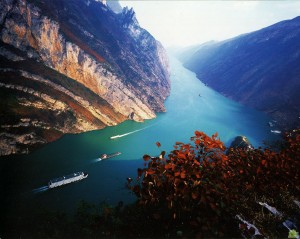
The Middle Reaches of the Yangtze
The Middle Reaches of the Yangtze
The Middle Reaches of the Yangtze begin on the East Sichuan Plateau and flow steadily down through a system of canyon-like gorges to the plains of Hubei. The middle reaches are about 2,000 km (1,200 miles) long and the river takes in some spectacular scenery, notably the Three Gorges.
Yibin will be the first major city on the Middle Reaches, which meets the Min River coming from the mountains west of Chengdu where Giant Pandas live and are bred in captivity and flowing through Leshan, home of the Giant Buddha. Next is the Chongqing Municipality, the China’s largest municipality, inland port and a prosperous industrial center, where you can take a Yangtze Cruise there and view the Three Gorges, Fengdu Ghost City and the Lesser Three Gorges. Continue is to Hubei Province where you a have a birds’ eyes view of the Three Gorges Dam and , Gezhou Dam and enjoy the beauty of Shennong Stream.
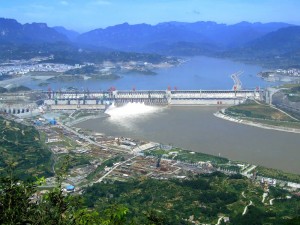
The Middle Reaches of the Yangtze
The Lower Reaches of Yangtze
Known as “a land of fish and rice” by the Chinese, there are many beautiful lakes and connecting waterways in low-lying region of the Lower Reaches and it is one of most fertile, most populous and most affluent zones in China.
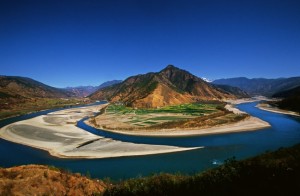
The-First-Bend-of-the-Yangtze-River-in-Lijiang of the Upper Reaches of the Yangtze
The Lower Reaches of the Yangtze begin somewhere around Wuhan, which is a city with many lakes and represent the land around the Yangtze in its lower reaches, where 10-20% of the land is permanently flooded with shallow fresh water lakes. Then pass through Anhui Province, where you can see the famous Huangshan – Yellow Mountain Scenic Area with its phenomenal scenery and legendary links to the Chinese ancestor, the Yellow Emperor there. Continuing are Jiangsu Province and Jiangnan areas. You will see the capital of Jiangsu—Nanjing, one of the Four Ancient Capitals of China; and Yangzhou, a historical and cultural city with beautiful Qing Dynastygardens. Jiangnan area, however, is the area south of the Yangtze Delta, you will meet Hangzhou and Suzhou with renowned imperial garden, the cities of the ancient water towns —Zhouzhuang, Wuzhen, Xitang and Tongli, and China’s largest and wealthiest city, Shanghai there.
